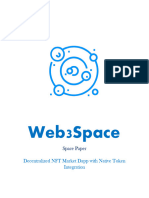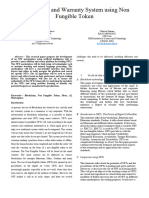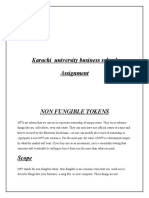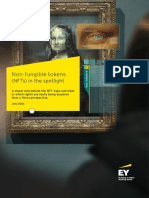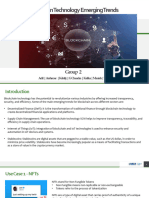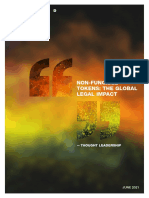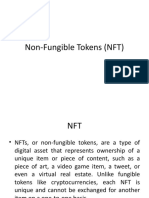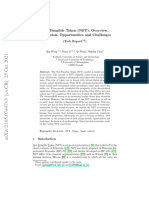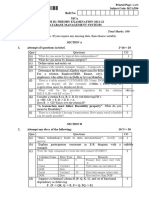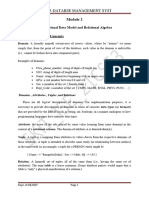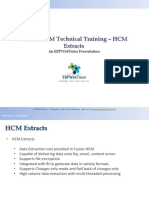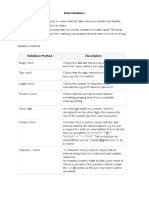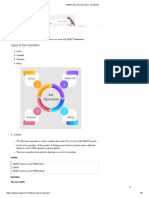0% found this document useful (0 votes)
14 views23 pagesBlockChain Report
The mini project report details the development of a 'Gaming NFT Marketplace' aimed at enhancing the gaming experience through the buying, selling, and trading of non-fungible tokens (NFTs). It discusses the advantages and disadvantages of NFTs, the objectives of the marketplace, and its potential applications in gaming, art, and collectibles. The report also includes technical aspects such as system architecture, algorithms, and results demonstrating the marketplace's impact on the gaming industry.
Uploaded by
001ChaudhariAkashCopyright
© © All Rights Reserved
We take content rights seriously. If you suspect this is your content, claim it here.
Available Formats
Download as DOCX, PDF, TXT or read online on Scribd
0% found this document useful (0 votes)
14 views23 pagesBlockChain Report
The mini project report details the development of a 'Gaming NFT Marketplace' aimed at enhancing the gaming experience through the buying, selling, and trading of non-fungible tokens (NFTs). It discusses the advantages and disadvantages of NFTs, the objectives of the marketplace, and its potential applications in gaming, art, and collectibles. The report also includes technical aspects such as system architecture, algorithms, and results demonstrating the marketplace's impact on the gaming industry.
Uploaded by
001ChaudhariAkashCopyright
© © All Rights Reserved
We take content rights seriously. If you suspect this is your content, claim it here.
Available Formats
Download as DOCX, PDF, TXT or read online on Scribd
/ 23











